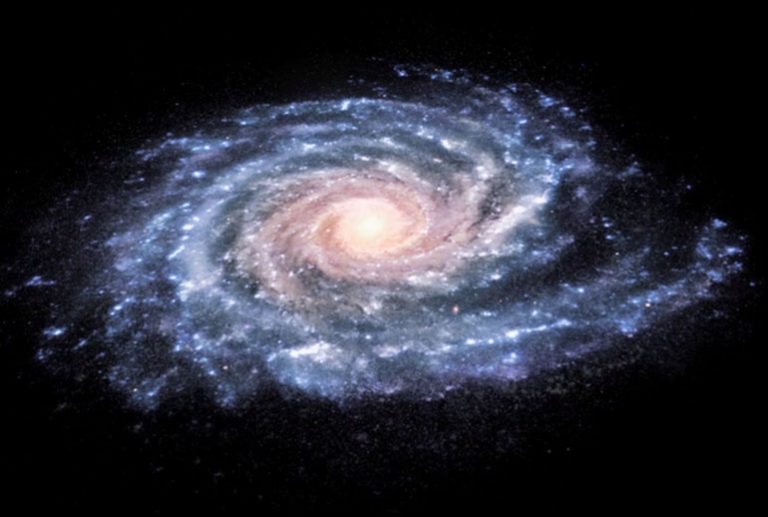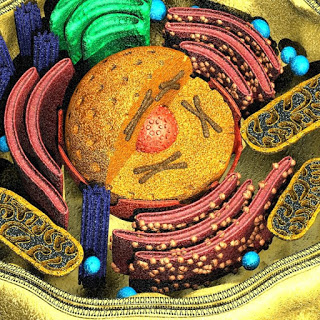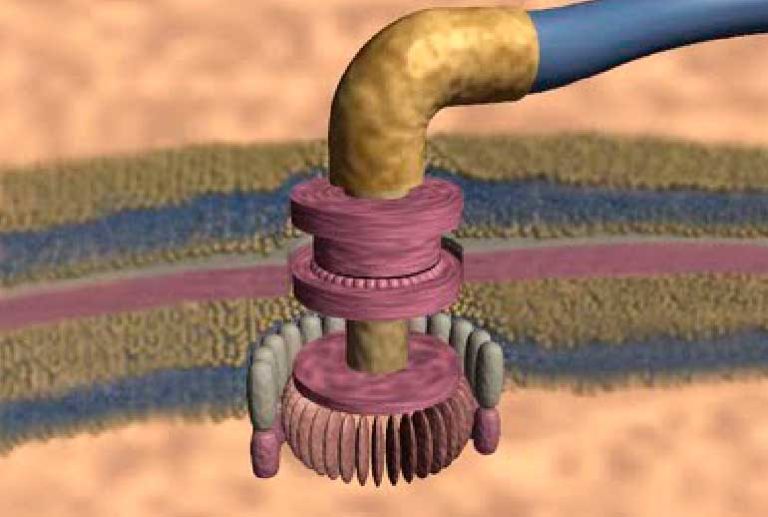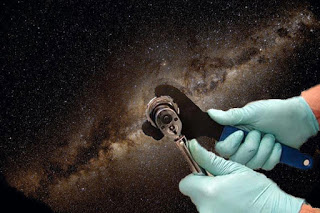The Cambrian Explosion, as described by Stephen Jay Gould—renowned paleontologist, Harvard professor, and co-director of the American Museum of Natural History—stands as one of the most significant and mysterious events in the history of life on Earth.
To understand this phenomenon, we must first define the term Cambrian. Just as human development is categorized into stages—infancy, toddlerhood, preschool, and so on—Earth’s history is divided into chronological segments known as eras, which are further subdivided into periods. The Cambrian period began approximately 550 million years ago and marked a geological era that spanned roughly fifty-five million years. It is within this window of time that something extraordinary occurred: a sudden and unprecedented emergence of complex life forms.
There are locations around the world where the Earth’s layered history is beautifully and visibly preserved. One of the most striking examples is the Grand Canyon in Colorado, where vividly colored and distinctly layered strata reveal a complete sequence of geologic periods. Another such site is northern Wales in the United Kingdom—a region that played a key role in paleontological history.
It was there that Charles Darwin, shortly after graduating from Cambridge University, first encountered fossils of complex organisms from the Cambrian period—creatures that already possessed nervous, digestive, circulatory, muscular, and reproductive systems. He was accompanied by his mentor, Professor Adam Sedgwick[1], a leading geologist of the time and one of the foremost experts on Cambrian fossils. Like many paleontologists of his era, Sedgwick was deeply familiar with the rich fossil record of the Cambrian, a record that challenged many conventional understandings of how life developed on Earth.
The sudden appearance of highly developed life forms in the fossil record—without apparent evolutionary precursors in earlier strata—continues to provoke scientific debate and fascination. The Cambrian Explosion remains a central puzzle in our understanding of life’s origins.
Prior to the Cambrian period, no fossils of complex life forms had been discovered. All known fossils were from the Cambrian period onward. This absence puzzled the scientific community deeply—including Charles Darwin himself. His theory of evolution by natural selection predicted that every living species must have descended from simpler ancestral forms. So where were the fossilized ancestors of the many complex organisms that suddenly appeared in the Cambrian strata? Where were the remnants of evolutionary “experiments” that failed—those transitional forms that natural selection supposedly filtered out?
Darwin openly acknowledged this challenge in On The Origin of Species, writing:
To the question why we do not find records of these vast primordial periods, I can give no satisfactory answer.
He recognized the Cambrian explosion as a serious difficulty for his theory. During this brief geological window, nearly 90% of all known animal families suddenly appeared in the fossil record—a biological event so abrupt and widespread that the term explosion is fitting.
To illustrate the timeline of life more vividly, imagine compressing Earth’s 3.8-billion-year biological history into a single 24-hour day. In this analogy:
Life begins at midnight, with the appearance of the first unicellular organisms.
- At 6:00 a.m., only single-celled life exists.
- At 1:00 p.m., still no change.
- At 6:00 p.m., still only single cells inhabit the Earth.
For over 75% of the day, life consists solely of simple, unicellular organisms. Then, at 8:50 p.m., in the span of just two minutes, nearly all major animal body plans and integrated systems emerge—such as the nervous, circulatory, digestive, respiratory, reproductive, and skeletal systems, along with features like brains, eyes, and limbs. Even more remarkable is that these complex structures have remained largely unchanged for hundreds of millions of years.
The fossil record shows that during the Cambrian era, organisms appeared already equipped with the essential biological systems still present in animals today—including nervous, immune, excretory, lymphatic, endocrine, muscular, and others. Strikingly, no entirely new systems have developed since, nor are there fossils of creatures displaying incomplete or transitional versions before this period.
Furthermore, this pattern did not occur only once. In subsequent eras, the remaining 10% of animal groups also appear suddenly in the record, complete with the same nine systems. Again, no fossil traces of inferior or transitional forms have been discovered to precede these appearances.
This stark reality poses a significant challenge to Darwin’s famous “tree of life,” often featured in school biology textbooks. The fossil evidence does not show a gradual branching from a common trunk through a web of intermediate forms. Instead, what we find in the geological record resembles a collection of fully formed branches, abruptly emerging without visible connections to a shared trunk or root.
The concept of variety should not be confused with macroevolution. Over time, we have observed an increase in variation within species—for example, the emergence of new dog breeds adapted to different geographies and climates. This is an example of adaptation and microevolution, where traits shift within certain boundaries. However, the fossil record consistently points to a single, recognizable kind: the dog.
Though evolutionary theory posits that dogs evolved from more “primitive” ancestors, no transitional fossils conclusively documenting this transformation have been found. Instead, the structural integrity and form of the species remain consistent throughout time. Fossils attributed to dogs show abrupt appearances in the record, not gradual development from one kind into another.
These findings lend credence to the theory of creation, which maintains that organisms appear fully formed, according to distinct kinds, rather than evolving gradually from a common ancestor. Supporting this view is the discovery of fossils that date back tens or even hundreds of millions of years yet display minimal or no significant difference from their modern counterparts. In many cases, these ancient fossils are indistinguishable from the living species we see today.
Such evidence challenges the assumption that macroevolutionary changes have occurred over long periods and instead aligns more closely with the idea that species were introduced in complete form, with built-in capacity for variation, but not for transformation into entirely new kinds.
Darwin’s contemporaries accepted the idea of microevolution—the notion that minor changes within a species could explain observable variation. For instance, Darwin’s famous observations of the Galápagos finches, which exhibited notable differences primarily in the shapes and functions of their beaks, were widely seen as examples of adaptation to environmental conditions. These differences were understood to occur within a species, not to transform it into a fundamentally different kind.
What was revolutionary in Darwin’s theory, however, was not the idea of variation, but the claim that all life originated from a single common ancestor. From this idea, Darwin developed his concept of the “tree of life,” a branching diagram in which every organism traces its lineage back to a shared origin. The two central pillars of this theory—natural selection and common ancestry—have since become foundational to modern biology.
Despite the substantial and growing body of evidence that challenges key aspects of these concepts, such as the lack of transitional fossils and the abrupt appearance of complex organisms in the geological record, Darwin’s framework continues to be widely taught and accepted. The “tree of life” remains a powerful symbol, even though fossil evidence often resembles more of a forest of disconnected trees—each kind appearing suddenly, fully formed, and without clear evolutionary precursors. Darwin documented in his book:
There is another and allied difficulty, which is much more serious. I allude to the manner in which species belonging to several of the main divisions of the animal kingdom suddenly appear in the lowest known fossiliferous rocks. Most of the arguments have convinced me that all the existing species of the same group are descended from a single progenitor, apply with equal force to the earliest known species. For instance, it cannot be doubted that all the Cambrian and Silurian trilobites are descended from someone crustacean, which must have lived long before the Cambrian age, and which probably differed greatly from any known animal. Some of the most ancient animals, as the Nautilus, Lingula, etc., do not differ much from living species; and it cannot on our theory be supposed that these old species were the progenitors of all the species belonging to the same groups which have subsequently appeared, for they are not in any degree intermediate in character.
Consequently, if the theory be true, it is indisputable that before the lowest Cambrian stratum was deposited, long periods elapsed, as long as, or probably far longer than, the whole interval from the Cambrian age to the present day; and that during these vast periods the world swarmed with living creatures.
Here we encounter a formidable objection; for it seems doubtful whether the earth, in a fit state for the habitation of living creatures, has lasted long enough.[2] (emphasis mine)
If we closely examine one of the Cambrian trilobites—as referenced in Darwin’s own writings—we find that these ancient organisms possessed all the major biological systems previously mentioned: nervous, muscular, digestive, circulatory, reproductive, and more. This clearly indicates that by the time trilobites emerged, they already had highly complex dna, containing millions of instructions essential to produce a vast array of specialized proteins. These proteins, in turn, orchestrated the formation of over fifty distinct tissue types, including a hard exoskeleton, compound eyes, a brain, muscular systems, stomach, antennae, and more.
The leap from a simple Precambrian bacterium—a single-celled organism—to a fully formed trilobite represents a staggering increase in biological complexity. Such a transition would require not only a massive expansion in genetic material but also an incredibly precise orchestration of developmental processes. This raises a fundamental question: Where did all this information come from?
Can this explosion of genetic and structural complexity be realistically attributed to random mutations and natural selection alone? Is it the product of extraordinary chance—an evolutionary jackpot? Or does the sheer volume and specificity of biological information require point more convincingly to the presence of design?
[1]Adam Sedgwick (March 22, 1785, Dent – January 27, 1873, Cambridge) was a British geologist and one of the founders of modern geology. He is best known for his studies of the geological strata of the Devonian and Cambrian periods.
[2] On The Origin of Species, Chapter x.







